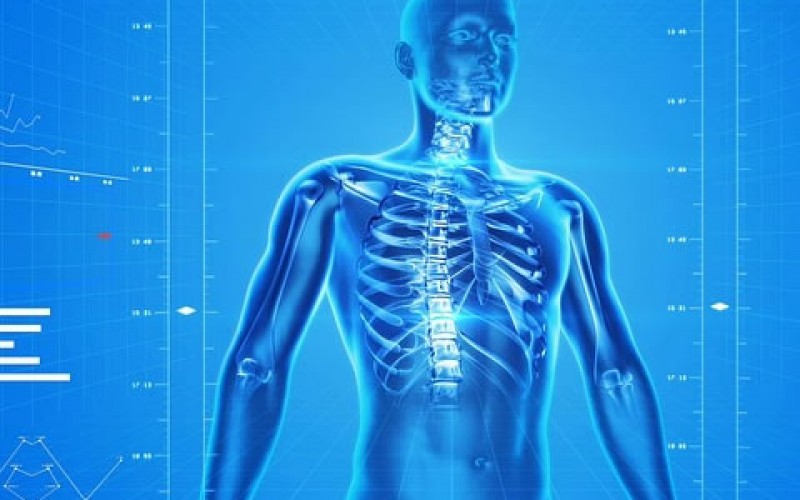Everything from the workings of the body as a complete system to the functions of the microscopic cells and other organisms falls under the umbrella of the anatomical sciences. The science of anatomy plays an incredibly crucial role in diagnosis. Everything from arthritis to cancer relies heavily on a strong knowledge of the human body and how it functions. Early anatomy was often quite crude, but advances in methods and technology have lead to significant gains in knowledge since the 19th century.
Egyptian Anatomy
The first record of the anatomical sciences is the Edwin Smith Surgical Papyrus. This document, that dates from about 1600 BC, details different surgical methods for treating traumatic wounds. Other early medical documents from around the same time deal with treating injuries using magic, but the Edwin Smith Papyrus is unique in that it details scientific medical treatments. The document discusses how to treat 48 different injuries such as breaks, fractures, dislocations, and cuts. Due to the nature of the injuries it discusses, it is believed that it may have been a guide for military surgeons.
Galen and the Greeks
One of the major figures in the anatomical sciences was Galen, a Greek physician who served in the Roman court around 200 AD. Galen thoroughly investigated the internal workings of the body through his work on animal vivisections. He also served as chief physician to the gladiators in Pergamum, which gave him the opportunity to investigate many unusual injuries. He was the first scientist to, among other things, discuss the way the heart pumped blood and the functions of arteries and veins.
Major Renaissance Figures
Several major figures in the anatomical sciences emerged during the Renaissance. Among them was Mondino de Luzzi, who conducted the first human dissections in over 1000 years. Following the breakthrough, many anatomists began to study dissected human corpses. Leonardo da Vinci used what he discovered from dissecting corpses to create detailed anatomical drawings, while Vesalius created an updated guide to human anatomy based on dissections he conducted.
17th and 18th Centuries
The invention of the printing press allowed for the exchange of ideas in the field of anatomy throughout the 17th and 18th centuries. Anatomical theaters flourished as a method of teaching during this time period. Doctors in training were invited to view the dissection of a corpse and learn the appearance and position of various organs.
19th Century and Beyond
In the 19th century, ideas about human anatomy that were introduced in the previous century were canonized and made final. With the field of gross anatomy largely explored, anatomists turned to other branches such as microanatomy, developmental anatomy, and pathology. In 1858, Henry Gray published the a comprehensive overview of everything known on the subject in his book Gray’s Anatomy. Proceeding into the 20th century, advances in technology such as x-rays, ultrasound, and MRE made previously unknown aspects of the human anatomy easy to study. Likewise, advancements in microscope technology made it possible to see parts of the anatomy that were invisible to the unaided eye.
The history of the anatomical sciences are cumulative. Many articles of knowledge gained even many centuries ago is still pertinent today.
-------------------------------------------------------------------------------------------------------------
end of post idea
-------------------------------------------------------------------------------------------------------------
view home improvement ideas at our Photo Remodeling center
Helpful article? Leave us a quick comment below.
And please share this article within your social networks.









